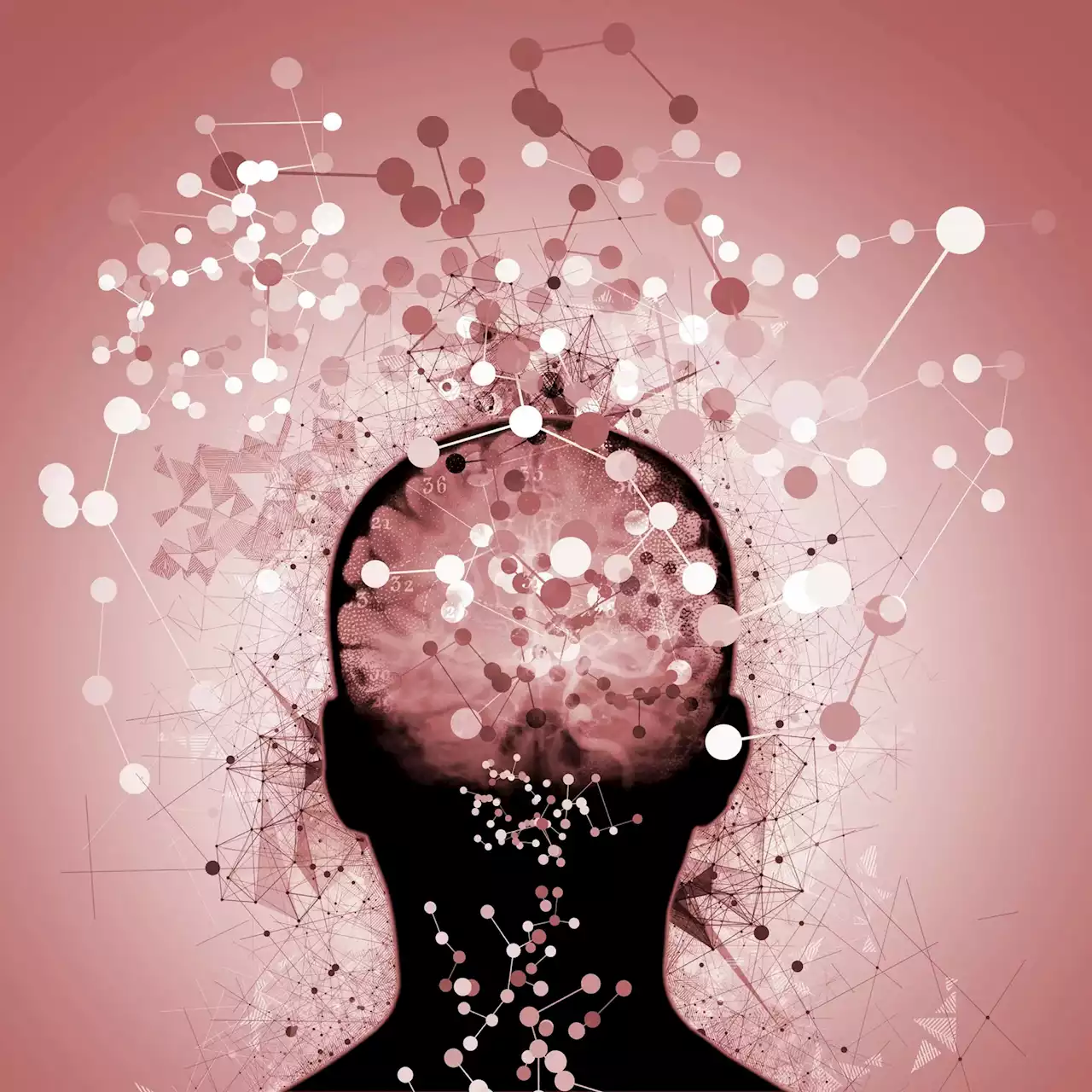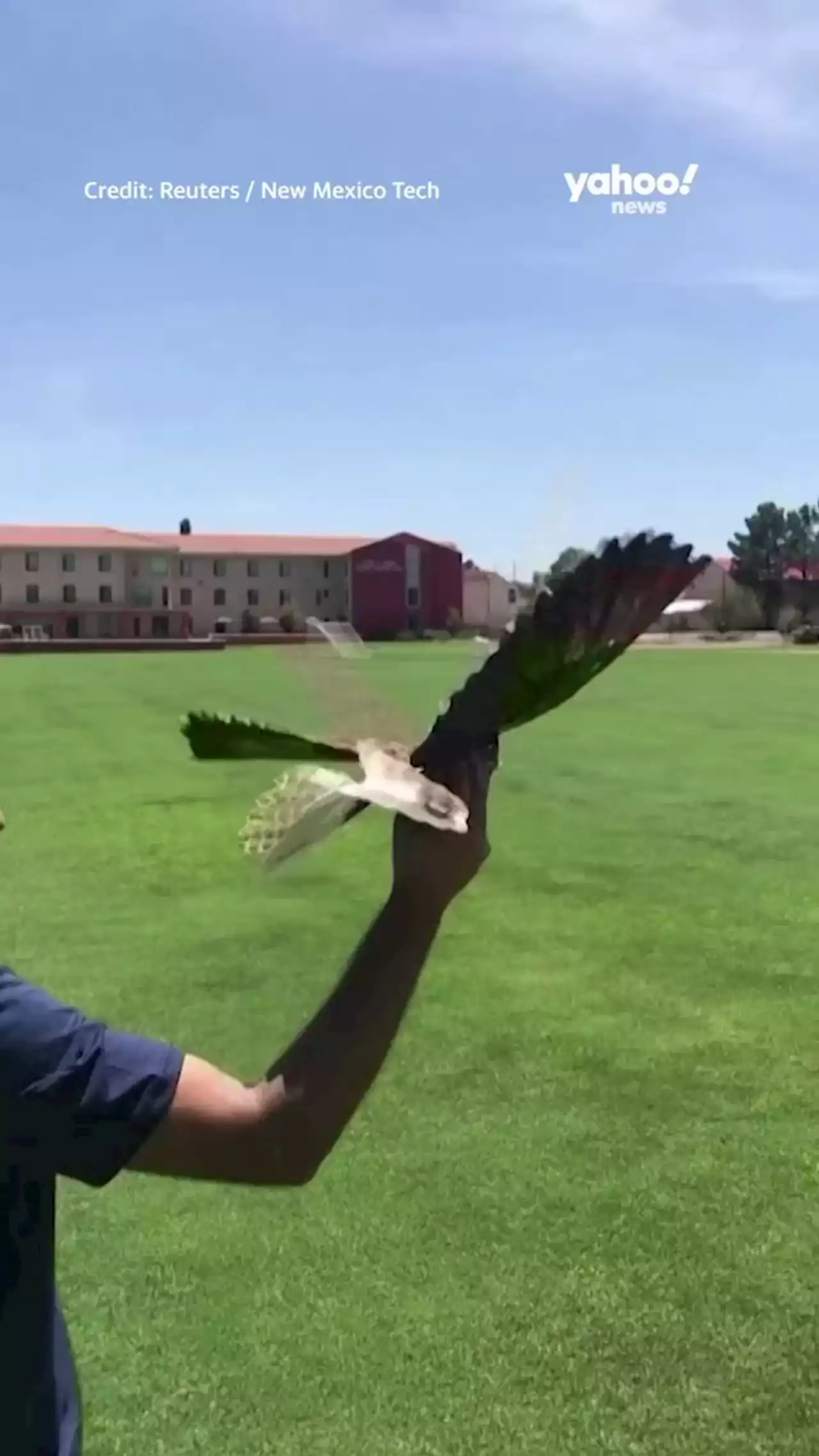Soft robots offer many advantages over traditional robots. However, they still face many challenges. A new study unveils a soft-limbed robotic seal that mimics the terrestrial movement of pinnipeds.
by studying the locomotion of pinnipeds. Pinnipeds are a group of marine mammals, such as sea lions and seals, which use flippers for movement.Soft-limbed robots can perform several tasks that traditional robots can't, such as maneuvering through narrow spaces and handling delicate objects. Additionally, they are more adaptable to changing environments as they can tolerate falls which makes them safer to work with around humans.
Due to these advantages, they have several potential applications, such as surveillance, search and rescue, and deep-sea or planetary exploration. However, the current technology has many drawbacks, such as restricted payload, low limb dexterity, minimal gait trajectories, and limited degrees of freedom.Pinnipeds served as an inpiration to their soft-limbed robot designThe researchers were motivated by these drawbacks to build a soft-limbed robot inspired by the movements of pinnipeds.
The limbs of the robot seal can be filled with liquid to make them stiff and then drained to make them more flexible. This is how it moves and changes directions. The entire structure is covered by a strong shell and backbone to protect it.The exact movements of the soft robot can be seen in this video shared by the study's first author Dimuthu D. K. Arachchige.
As can be seen, the soft-limbed robot shows many different gaits, including forward and backward crawling, leftward and rightward crawling & turning, turning in place , and aggressive turning in both directions. This wide range of movements allows it to jump over uneven terrain and jump over obstacles, which traditional robots based on four-legged creatures can't do. The researchers plan to work on dynamic gaits in the future.Legged locomotion is a highly promising but under-researched subfield within the field of soft robotics. The compliant limbs of soft-limbed robots offer numerous benefits, including the ability to regulate impacts, tolerate falls, and navigate through tight spaces.
United States Latest News, United States Headlines
Similar News:You can also read news stories similar to this one that we have collected from other news sources.
 New Hope for Neurodegenerative Diseases: Stanford Researchers Uncover New Pathway for Clearing Misfolded ProteinsMisfolded proteins pose a threat to cellular health, as they interfere with normal functions and contribute to age-associated degenerative conditions such as Alzheimer's, Parkinson's, and Huntington's diseases. The mechanisms by which cells eliminate these harmful proteins are not yet fully understo
New Hope for Neurodegenerative Diseases: Stanford Researchers Uncover New Pathway for Clearing Misfolded ProteinsMisfolded proteins pose a threat to cellular health, as they interfere with normal functions and contribute to age-associated degenerative conditions such as Alzheimer's, Parkinson's, and Huntington's diseases. The mechanisms by which cells eliminate these harmful proteins are not yet fully understo
Read more »
 Dead birds get new life: New Mexico researchers develop taxidermy bird dronesScientists in New Mexico are giving dead birds a new life with an unconventional approach to wildlife research. A team at the New Mexico Institute of Mining and Technology in Socorro is taking birds that have been preserved through taxidermy and converting them into drones in order to study flight. Dr. Mostafa Hassanalian, a mechanical engineering professor who is leading the project, had found that artificial, mechanical birds had not given the results he was looking for.
Dead birds get new life: New Mexico researchers develop taxidermy bird dronesScientists in New Mexico are giving dead birds a new life with an unconventional approach to wildlife research. A team at the New Mexico Institute of Mining and Technology in Socorro is taking birds that have been preserved through taxidermy and converting them into drones in order to study flight. Dr. Mostafa Hassanalian, a mechanical engineering professor who is leading the project, had found that artificial, mechanical birds had not given the results he was looking for.
Read more »
 Researchers discover new method to collect water from humidity using organic crystalsFresh water is one of the most precious resources on our planet, and it's a fundamental need for all living things. Don't miss out — subscribe to IE+ today for interviews, analysis, and more. Find out more at 🚀
Researchers discover new method to collect water from humidity using organic crystalsFresh water is one of the most precious resources on our planet, and it's a fundamental need for all living things. Don't miss out — subscribe to IE+ today for interviews, analysis, and more. Find out more at 🚀
Read more »
 2 international exchange students from Temple University die in New York car crashThere were other students in the vehicle at the time of the crash.
2 international exchange students from Temple University die in New York car crashThere were other students in the vehicle at the time of the crash.
Read more »
 Two Temple Students Killed in New York Crash, Officials sayTwo students at Temple University were reportedly killed in a crash in upstate New York.
Two Temple Students Killed in New York Crash, Officials sayTwo students at Temple University were reportedly killed in a crash in upstate New York.
Read more »
 Hitting the Books: Who's excited to have their brainwaves scanned as a personal ID? | EngadgetIn her new book, The Battle for Your Brain, Duke University Professor of Law, Nita A.
Hitting the Books: Who's excited to have their brainwaves scanned as a personal ID? | EngadgetIn her new book, The Battle for Your Brain, Duke University Professor of Law, Nita A.
Read more »
